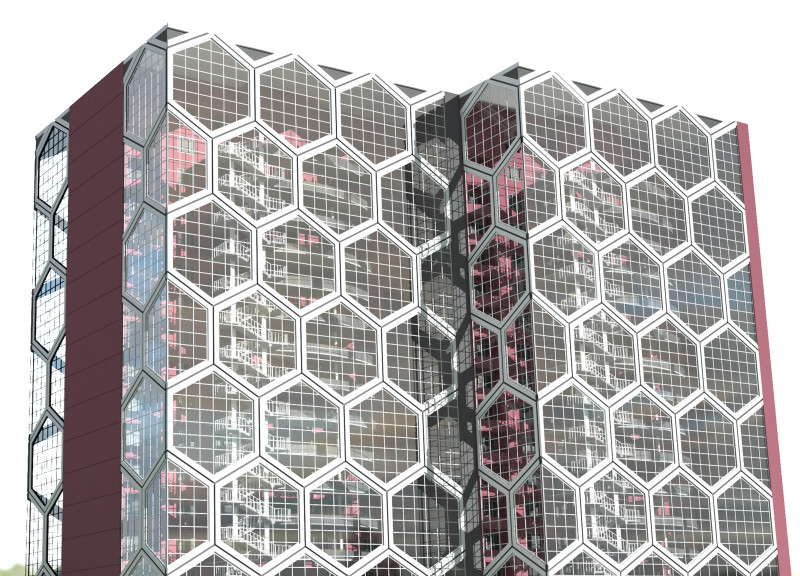5 key facts about this project
This project fulfills multiple functions, primarily focusing on [specific function, e.g., residential living, community engagement, educational use, etc.]. Designed to cater to the needs of its users, the architecture promotes interaction and accessibility while maintaining a distinct character that sets it apart from other structures in the vicinity. The careful consideration of spatial organization facilitates an inviting atmosphere, making the building not only a shelter but a vibrant part of the community fabric.
One of the most important aspects of the project is its materiality. The architects opted for a blend of concrete, wood, glass, steel, and stone to create a visually and texturally rich environment. Concrete provides structural support and longevity, while wood adds warmth and a connection to nature. Expansive glass elements are strategically placed to maximize natural daylight and provide unobstructed views of the surroundings. Steel is utilized for its strength and versatile applications in creating open interiors, and stone—often sourced locally—anchors the building in its environment, grounding it in the community's heritage.
The design integrates distinct architectural features that enhance its functionality and aesthetic appeal. The incorporation of cantilevered roofs not only showcases innovative engineering but also creates shaded outdoor spaces that encourage social interaction and community gatherings. Large glass facades promote transparency and fluidity between indoor and outdoor spaces, inviting users to experience a seamless connection with the environment. These design elements are indicative of a broader focus on biophilic design principles, allowing users to feel more connected to nature, even within an urban setting.
Distinct landscaping also plays a crucial role in the project, designed to cultivate a sense of place and ecological responsibility. The use of native plant species encourages biodiversity while creating serene outdoor areas that complement the built environment. These green spaces serve as natural buffers, improving air quality and providing habitats for local wildlife. The landscaping invites users to engage with their environment, further enhancing the community's connection to the project.
The architectural design embodies unique approaches that enhance both user experience and sustainability. For instance, the project employs passive design strategies such as natural ventilation, thermal mass, and renewable energy production methods. This commitment to sustainability not only reduces the ecological footprint of the building but also fosters a consciousness about energy use among its occupants. Moreover, the layout is intentionally designed to accommodate flexible use, allowing for adaptability over time as community needs change.
In summary, [Project Name] is more than a mere structure; it is a reflection of the value placed on thoughtful design in today's architectural landscape. The project showcases a commitment to integrating various architectural ideas and materials that serve both functional and aesthetic purposes. The thorough consideration of community needs, environmental impact, and innovative design principles makes this project worthy of exploration. To gain deeper insights into the architectural plans, sections, and overall design, readers are encouraged to delve into the project's presentation for further details.


























